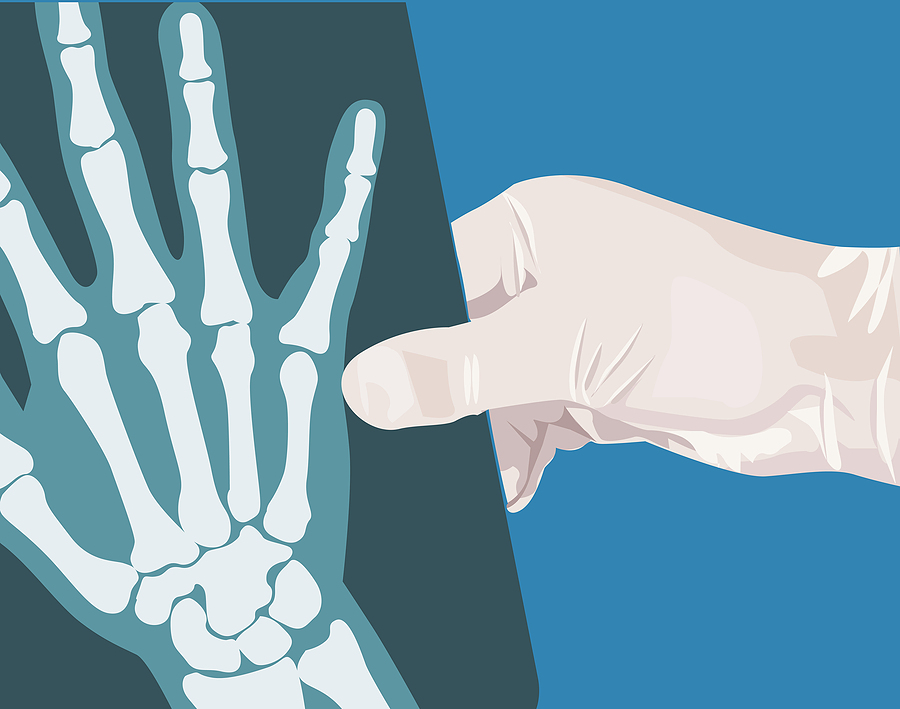A new report on medical services casts light on how different combinations of medical services contribute to workers’ compensation claim costs over time.
Understanding what combinations of medical services are used and for what types of injuries and for how big a claim is important, according to the the study by the National Council on Compensation Insurance issued on Nov. 1. NCCI says a better understanding in this area offers insight into the growth in medical costs.
The study said medical services now constitute almost 60 percent of workers’ comp claim costs. That figure is up from about 40 percent in the early 1980s.
The study quantifies how a certain mix of medical services for a more serious injury or illness differs from the care provided for a worker heal from a minor mishap.
The study also found the medical services profile for workers with serious injuries transforms over time. It said the profile becomes quite different during the later years of the treatment when compared with early years. NCCI used experiences through accident year 2006,
The study said large claims have a substantially different mix of medical services compared with small claims. This difference in the mix of services affects the overall payout pattern for a given service and has implications for differences in trend for claims of varying sizes.
The main findings are as follows:
The study examined nine different service groups. It found the mix of medical services differs by service groups between small and large claims.
• Office visits and emergency services dominate the service mix for smaller claims.
• Surgery and anesthesia are a larger share of the services for mid-range ($5,000 to $100,000) claims than for other claim sizes.
• Hospital services and prescription drugs comprise more than 40 percent of the cost of claims that are greater than $100,000.
The study also said large claims, in general, are subject to greater inflation than smaller claims. Looking at inflationary measures, the prices of hospital services has recently been growing at a faster rate than for office visits or physical therapy.
The varying combination of services by claim size has implications for payout rates by type of service.
• Office visits, physical therapy, and emergency services all have relatively fast payout patterns.
• Hospital services and prescription drugs have relatively slow payout patterns.
• For every claim size range, prescription drugs are a substantially greater share of total medical costs paid after the sixth relative service year than they are up through the first six relative service years.
• Physical therapy, hospital services, and surgery and anesthesia are greater shares of total medical costs paid through the sixth relative service year than they are of the seventh and subsequent relative service years.
Because historical cost trends have varied from one medical service type to another, knowing the service composition of different size claims could be useful in forecasting cost trends for different claim size groups, the study said.
From 2001 to 2010, the average prices of medical care rose 43 percent. Hospital services had significantly above-average price changes, at 82 percent, while professional services had a below-average price increase, at 33 percent.
Hospital costs are a large share of medical costs for larger claims, while professional services are a large share of costs for smaller claims.
Prescription drugs had price hikes slightly below average at 34 percent; even with prescription drug trends lower than three years ago, claims with greater medical costs are likely to be trending at a higher rate than smaller claims.
Topics Claims Workers' Compensation Medical Professional Liability
Was this article valuable?
Here are more articles you may enjoy.



 Florida Peninsula Says Reforms Have Had an Impact, Announces 2% Rate Cut
Florida Peninsula Says Reforms Have Had an Impact, Announces 2% Rate Cut  Soaring Insurance Costs Hit as US Buyers Finally Get a Break on Car Prices
Soaring Insurance Costs Hit as US Buyers Finally Get a Break on Car Prices  Viewpoint: Florida Insurance Market on the Mend
Viewpoint: Florida Insurance Market on the Mend  Vintage Ferrari Owners’ Favorite Mechanic Charged With Theft, Fraud
Vintage Ferrari Owners’ Favorite Mechanic Charged With Theft, Fraud 

